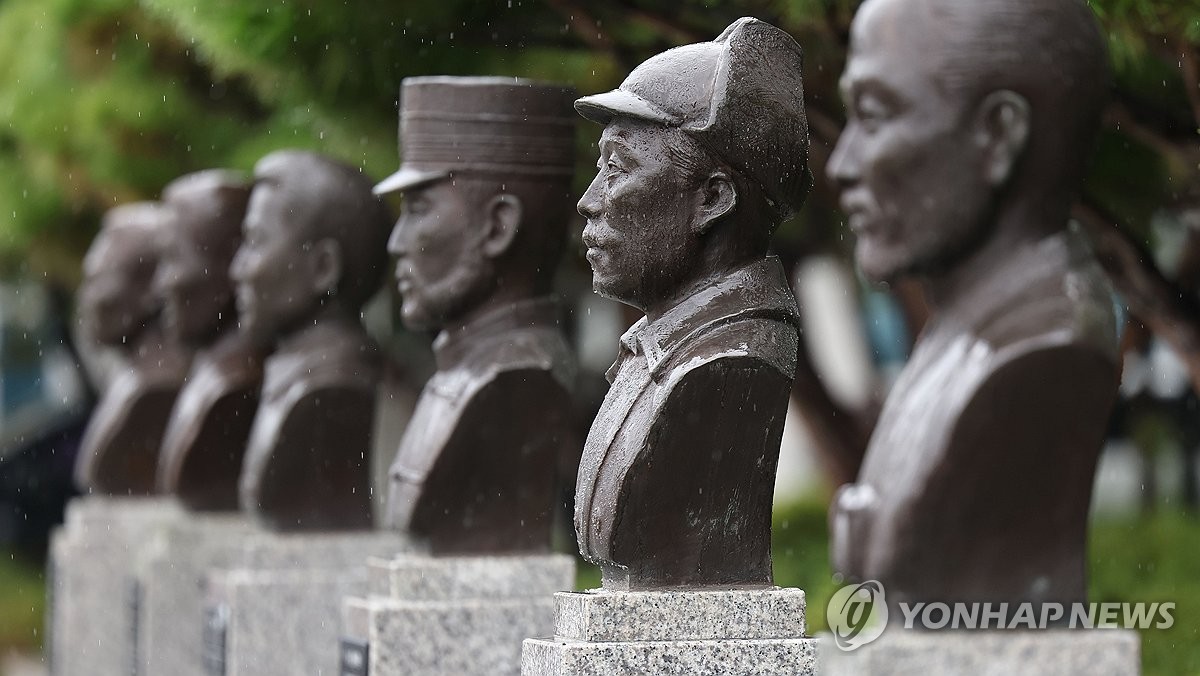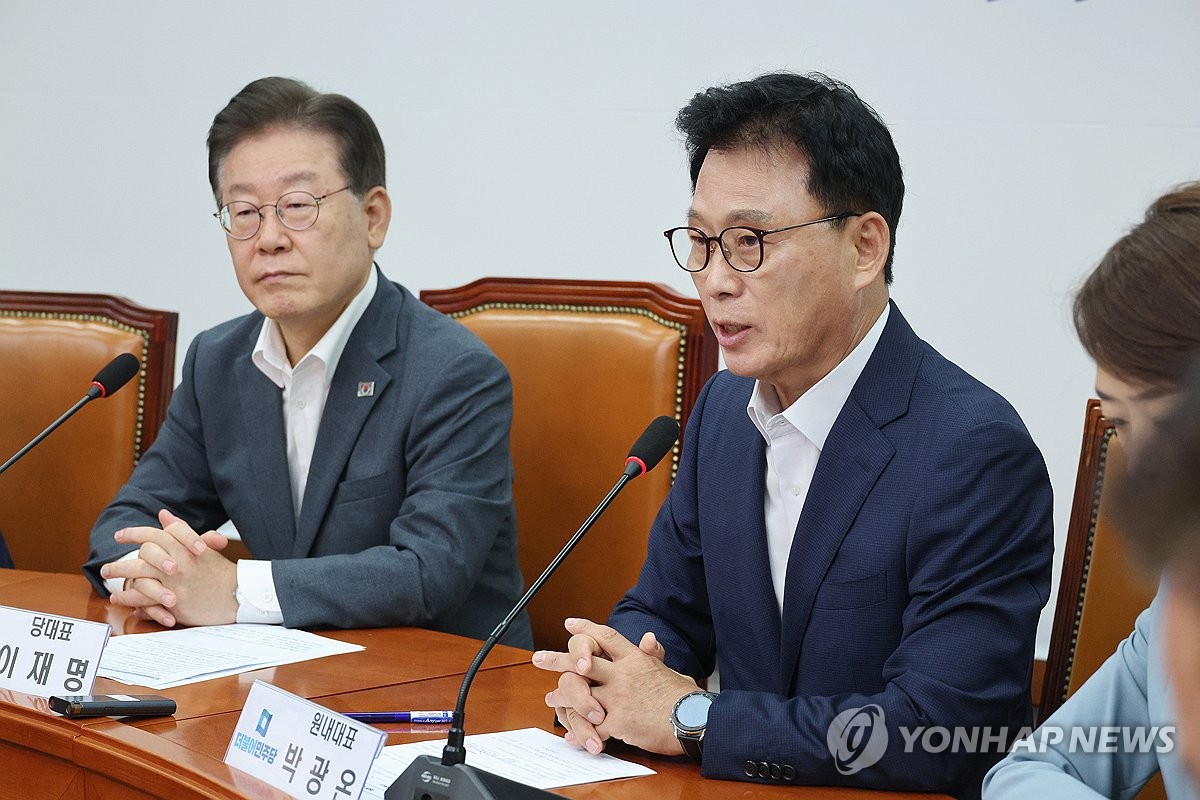- California Assembly OKs highest minimum wage in nation
- S. Korea unveils first graphic cigarette warnings
- US joins with South Korea, Japan in bid to deter North Korea
- LPGA golfer Chun In-gee finally back in action
- S. Korea won’t be top seed in final World Cup qualification round
- US men’s soccer misses 2nd straight Olympics
- US back on track in qualifying with 4-0 win over Guatemala
- High-intensity workout injuries spawn cottage industry
- CDC expands range of Zika mosquitoes into parts of Northeast
- Who knew? ‘The Walking Dead’ is helping families connect
Gov’t considers relocating bust of independence fighter from defense ministry
The government is considering relocating a bust of revered independence fighter Hong Beom-do from outside the defense ministry headquarters due to his past record of collaborating with Soviet communist forces, officials said Monday.
Earlier, the defense ministry said it is considering relocating the busts of five Korean independence fighters, including Hong’s, from the Korea Military Academy in northern Seoul, sparking protest from opposition parties and the Heritage of Korean Independence, an association representing the independence fighters and their descendants.
The move is seen as being in line with the Yoon administration’s push to align closer with the United States and Japan in the face of growing cooperation among North Korea, China and Russia.

In his Liberation Day address on Aug. 15, Yoon blasted “anti-state forces” that he said “blindly follow communist totalitarianism,” and urged against succumbing to the forces of communist totalitarianism.
“If there has to be a relocation, the bust at the Korea Military Academy and the bust in front of the defense ministry should be looked at together,” a senior government official told Yonhap News Agency, suggesting they were installed in the wrong place to begin with.
Another official said the relocation would be aimed at deepening understanding of the Yoon administration’s philosophies on the state, history and national security among troops.
As a potential new site for the busts, the government has been considering the Independence Hall of Korea in Cheonan, 85 kilometers south of Seoul.
The presidential office said it will defer any decision to the defense ministry and the Korea Military Academy.

The main opposition Democratic Party (DP) condemned the government’s relocation plan, calling it a modern version of McCarthyism.
“There is a lot of criticism it is a Korean version of 21st century McCarthyism,” Rep. Kwon Chil-sung said after the DP’s leadership meeting. “We consider it a sign of the far-right showing its true colors.”
McCarthyism is a term referring to the political persecution and repression of left-leaning individuals and a campaign of spreading fear that Soviet, or communist forces, had infiltrated American institutions during the 1940s to 1950s.
DP leader Lee Jae-myung said such a move reminded them of the controversial state-authored history textbooks that were revived under the President Park Geun-hye administration, to correct what it viewed as left-leaning and pro-North Korean bias in private publishers’ textbooks.
“How is it so similar to the Park Geun-hye administration? I hope (the government) is reminded of the saying one must fear the people and history,” he said.
Gen. Hong is a historic and highly symbolic figure in Korea’s fight against Japan’s 1910-45 brutal colonial rule. As top commander of Korea’s liberation army, he spearheaded victories in battles against Japanese forces. Especially well known is the Battle of Fengwudong in Manchuria, China, in 1920.
The following year, he moved to the Soviet Far East, seeking refuge from Japan’s hunting operation.
He was forced to relocate to Kazakhstan in 1937 under then Soviet leader Joseph Stalin’s policy, along with many other ethnic Koreans. He died at the age of 75 in the Kazakh region of Kyzylorda in 1943, two years before Korea’s liberation.








![일본 사도광산 [서경덕 교수 제공. 재판매 및 DB 금지]](http://www.koreatimesus.com/wp-content/uploads/2024/07/PYH2024072610800050400_P4-copy-120x134.jpg)


